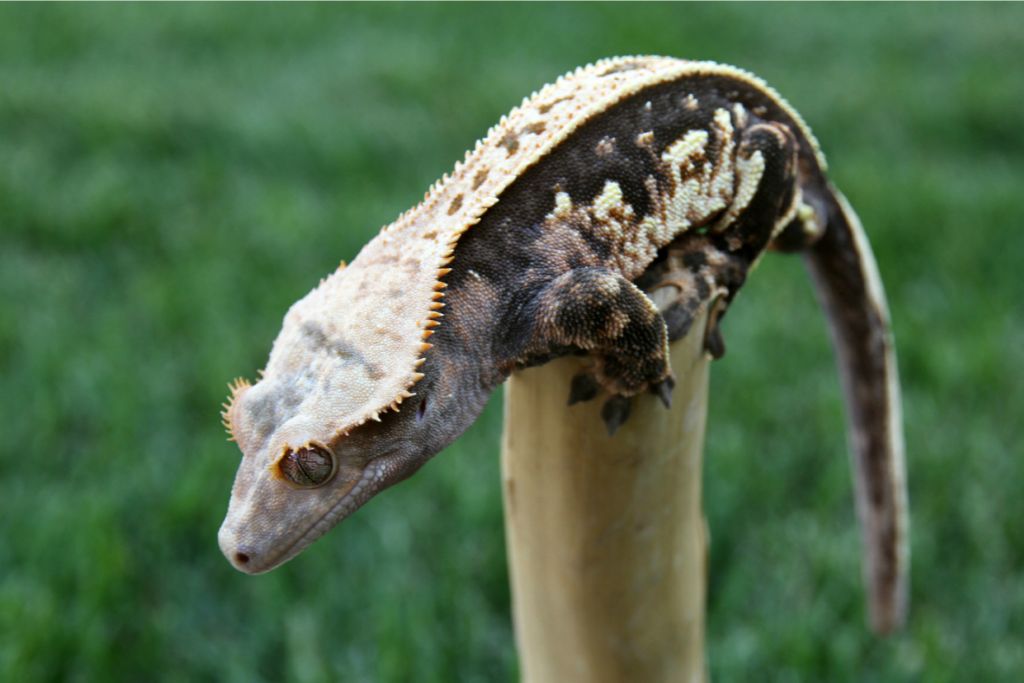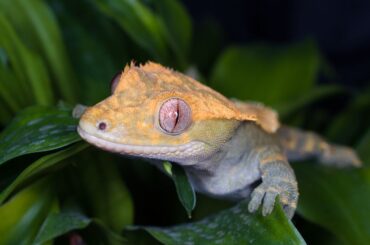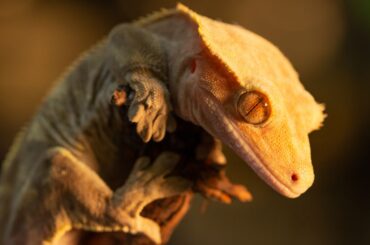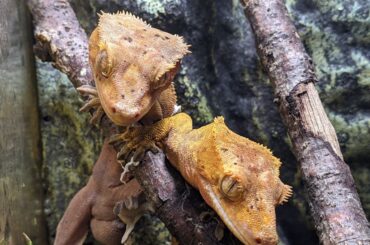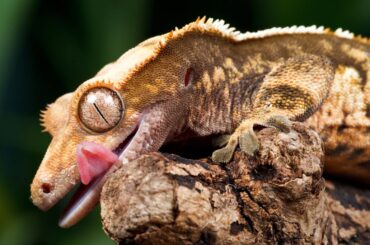Have you ever wondered where the crested gecko came from? Why do crested geckos make such unique pets, and what can we learn from their roots in the wild?
With their captivating patterns and fascinating personalities, crested geckos are beloved pets. Explore the settings that shaped these fascinating species to discover their native habitat.
New Caledonia in the Southwestern Pacific is home to these small wonders, which explains their needs and activities. This knowledge is the key to ensuring their happiness and well-being in captivity.
Imagine trying to make a home for someone who needs to learn about their background or preferences. Understand the crested gecko’s natural habitat to recreate their wild homes in captivity and provide them with the greatest life.
Where Do Crested Geckos Live?
Crested geckos, with their fringed crests, are from New Caledonia in the South Pacific. New Caledonia is their secret island paradise, nestled in the warm waters between Australia and Fiji. It’s not a big island, but it’s filled with lush forests and vibrant vegetation, making it a perfect home for these unique geckos.
They’re loyal to their cozy island haven. In the wild, you won’t find them swinging from vines in the Amazon or sunbathing in the African savannah. Instead, crested geckos prefer the trees and shrubs of New Caledonia, where they can hide, climb, and thrive.
Crested Gecko Native Habitat
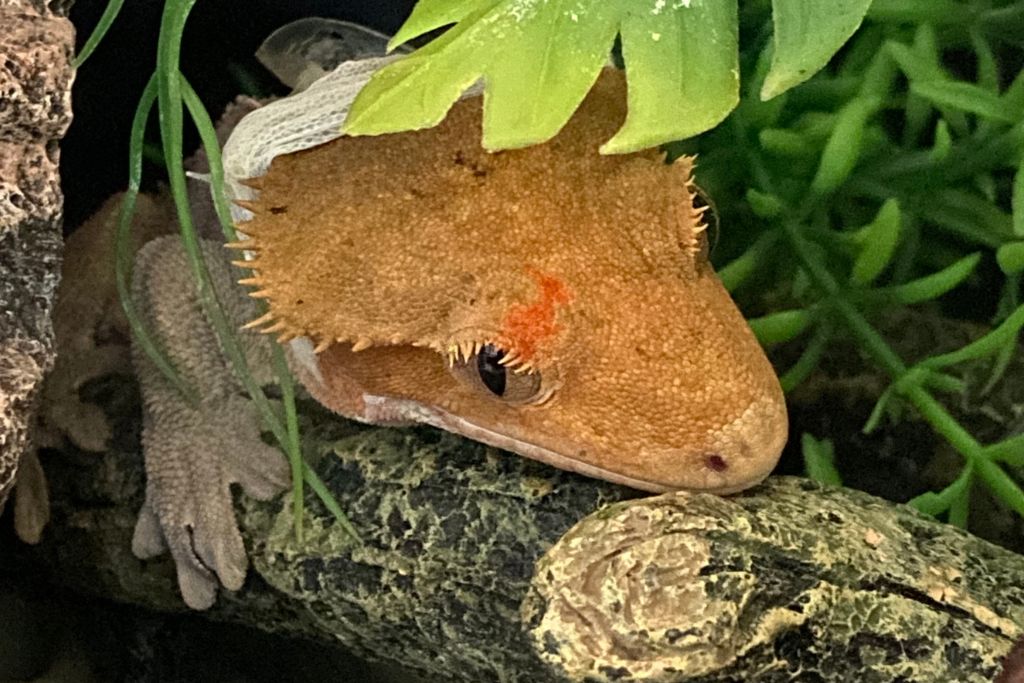
These captivating reptiles have special features that help them live in trees. They look unique with crests and eyelash-like projections over their eyes, giving them a magical charm. Their tails, covered in fine scales, are like a built-in tool for climbing and swinging through the trees.
These versatile organisms flourish in lowland and montane settings, showing their versatility. Tree branches and leaves are their playgrounds, where they show off their climbing talents.
Crested geckos live in a changing environment with different spots, from sunny treetops to shady areas below. This lets them choose the right mix of warmth and hiding places. In New Caledonia, the weather is warm and not too extreme. This helps the geckos adjust their body temperature as they move around the land.
A Crested Gecko’s Wild Lifestyle
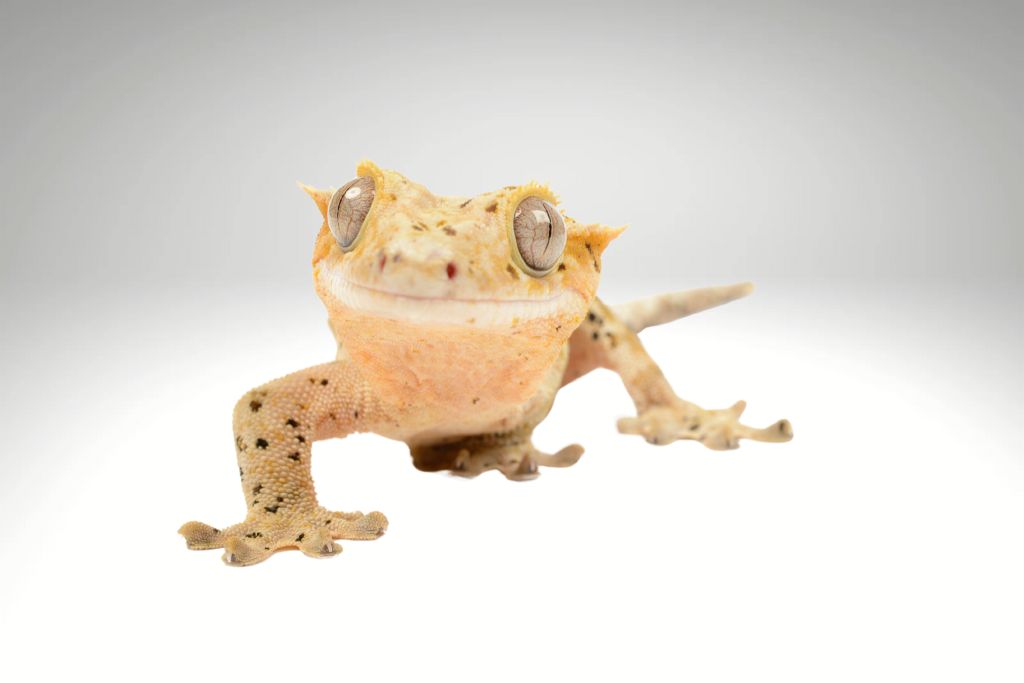
These remarkable creatures fly gracefully between branches and have particular habits that allow them to thrive in the lush vegetation. Explore the crested gecko’s natural life and mystery.
Hunting Skills
As the sun peeks through the canopy, crested geckos embark on their hunting escapades. With keen eyes and agile bodies, they gracefully move through the branches, chasing down tiny insects to satisfy their hunger. These skillful hunters use their long tongues to snatch up tasty prey, turning each meal into a captivating feat of agility.
Feeding Behavior
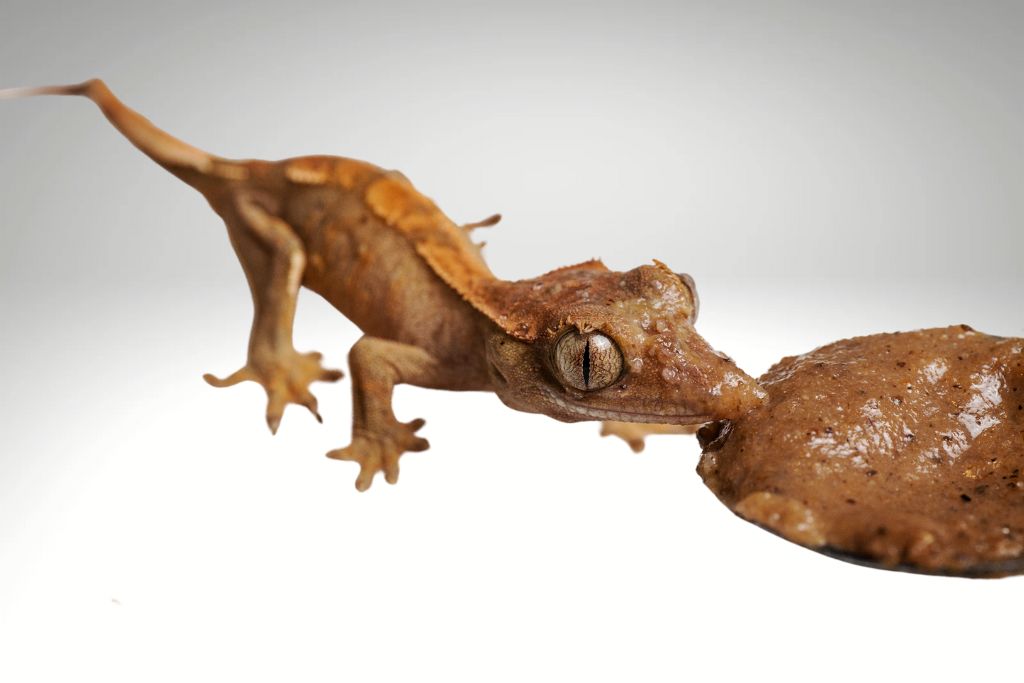
When it’s time to refuel, crested geckos make a beeline for the delicious nectar and juicy fruit that the jungle offers. Their dining etiquette is impeccable, as they delicately lap up nectar with their specialized tongues. These little foodies revel in the diverse menu nature provides, turning every meal into a vibrant celebration of flavors.
Sleep Routine
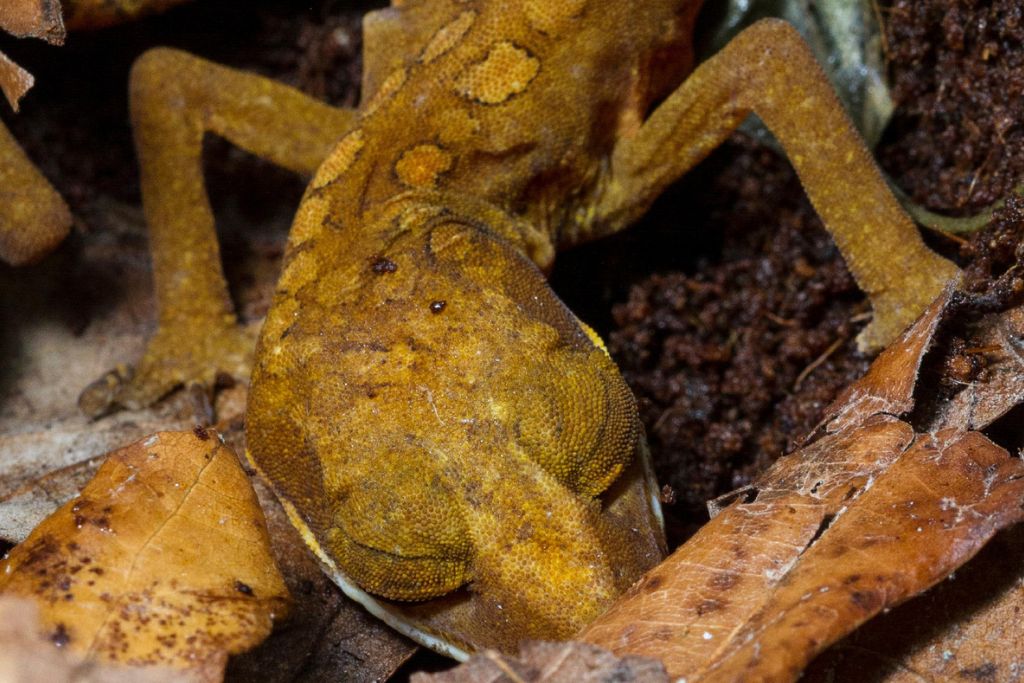
As the day draws to a close, crested geckos find cozy nooks among the leaves to settle in for a restful night’s sleep. Curling up their tails and closing their eyes, they peacefully dream of the next day’s adventures. Crested geckos recline in the jungle’s darkness, providing a peaceful sight as they prepare for another day of exploration.
Socialization
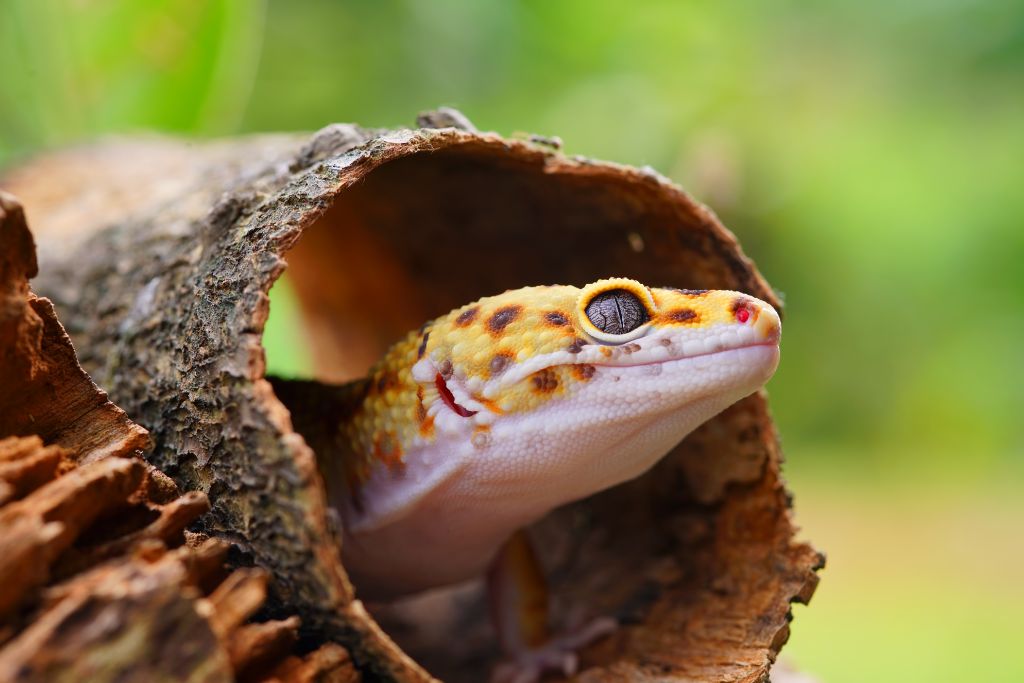
Beyond their solitary pursuits, crested geckos are also social butterflies. In the treetops, they play with other geckos with delicate chirps and tail flicks. These arboreal acrobats form brief but lively communities, creating a sense of camaraderie high above the jungle floor.
Molting Stage
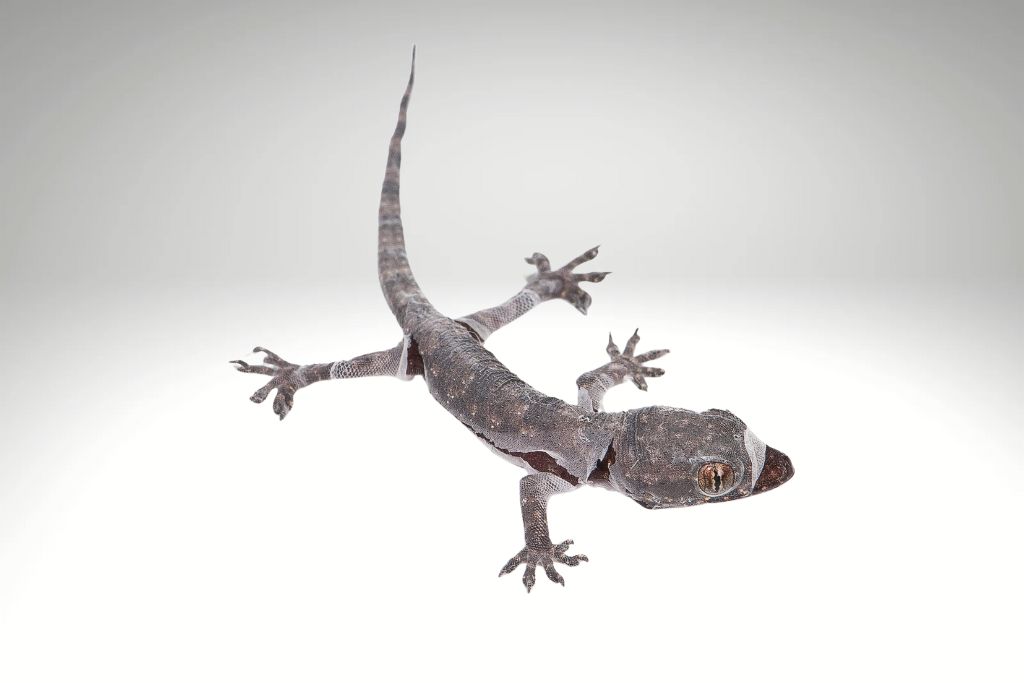
A truly fascinating aspect of a crested gecko’s life is the molting process. As they grow, these geckos shed their old skin, revealing a fresh, vibrant layer beneath. It’s a stunning sight to see these reptiles gracefully reincarnate and confront the world with new energy.
Threats to Wild Crested Geckos
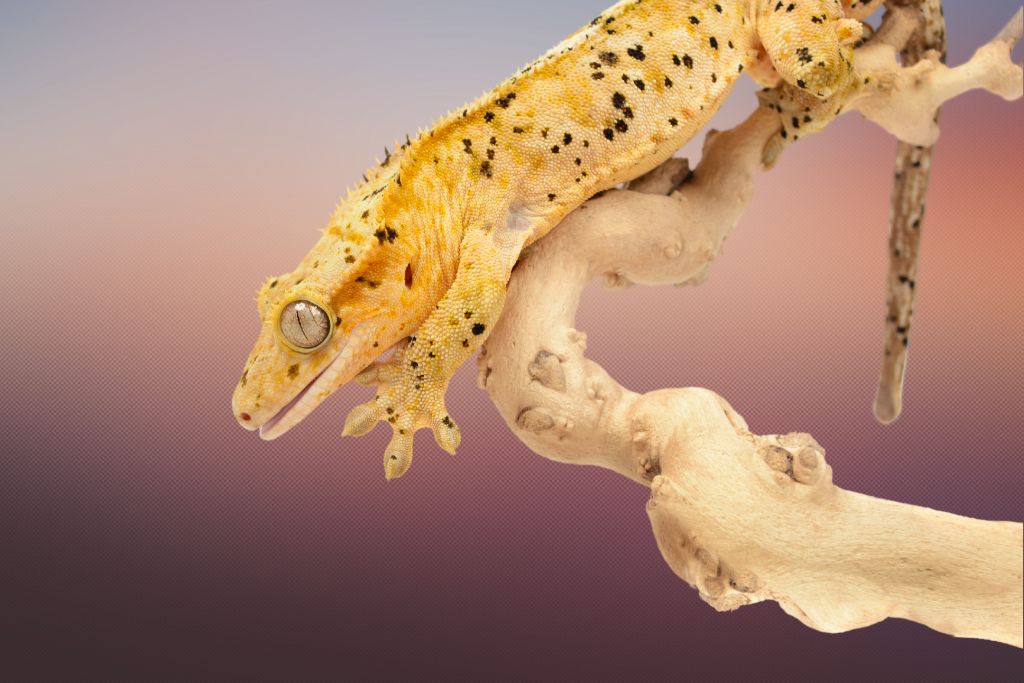
Crested geckos, with their unique appearance and friendly nature, inhabit diverse ecosystems. Here are some threats they encounter in the wild:
Predators
In the wild, crested geckos must always be on the lookout for predators eager to make them a meal. Snakes, birds, and even larger insects are among the potential threats that these geckos need to evade to survive.
Changing Climates
Crested geckos face the challenge of adapting to various climates and weather conditions. These versatile organisms must control their body temperature to keep comfortable in extreme heat and cold.
Resource Scarcity
Securing a reliable source of food can be a constant struggle for wild crested geckos. Competing for insects, nectar, and fruits in their native settings is challenging.
Habitat Destruction
The destruction of their natural habitats is a grave concern for crested geckos. Deforestation, human growth, and other environmental changes might destroy their homes, reducing their safety.
Human Impact
Unfortunately, humans can unintentionally pose threats to crested geckos. Human activities, including pollution, illegal pet trade, and habitat disruption, can harm these geckos in the wild.
Crested Gecko Captivity vs. Wild Living
Crested geckos experience distinct lifestyles when living in captivity compared to their wild counterparts. In the wild, these remarkable creatures roam freely in the lush rainforests of New Caledonia. In their natural habitat, crested geckos savor a diverse menu of insects, fruits, and nectar, creating a balanced diet.
When kept as pets, they live in specially built terrariums and eat commercial powdered food. Captive geckos lack the difficulties and adventures of the wild, affecting their behavior and exercise.
Responsible pet ownership is crucial to ensuring the well-being of crested geckos in captivity. Pet owners help recreate the gecko’s original habitat by providing climbing structures and hiding spaces. Maintaining proper hygiene in their living area is essential for their health.
Conservation efforts also play a vital role in preserving the crested gecko population in the wild. Humans must promote sustainability and conservation measures to protect their habitats. We help crested geckos in captivity and the wild by learning and valuing them as pets and ecological components.
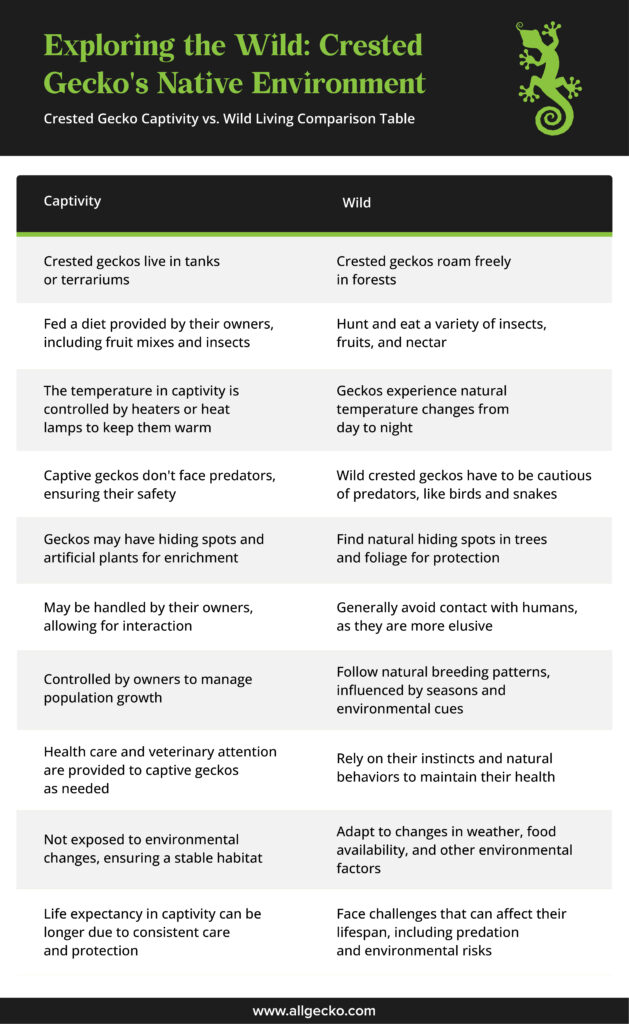
Conservation Efforts
Crested geckos are amazing creatures that need our help to survive and thrive. They play a crucial role in keeping the balance of nature in check. These insect-eating critters help reduce pest populations. By conserving crested geckos, we’re not just helping them; we’re also looking out for the health of our environment.
But it’s not just about the geckos themselves – their homes matter, too! The places where crested geckos live are vital to their survival. These rainforests are like inviting neighborhoods for geckos, providing food, shelter, and safety. When we conserve crested geckos, we’re also protecting the homes they love.
Luckily, there are organizations out there dedicated to saving crested geckos and their homes. Groups like the Crested Gecko Conservation Society work day and night to make sure these lizards have a bright future. They raise awareness of geckos’ safety and rehabilitate habitats.
Conclusion
We must recognize our role in ensuring the well-being of these incredible creatures. One of the most impactful ways we can contribute is by becoming responsible pet owners. By picking pets that fit our lifestyles and caring for them, we enrich their lives and protect ecosystems.
Imagine a world where we actively participate in efforts to protect the habitats of these amazing animals. Planting trees, minimizing waste, and supporting conservation organizations are easy but powerful actions we can all take. We can improve the future of our pets and the incredible wildlife by working together.
FAQs
Where are Crested Geckos Native to?
Crested geckos originate from New Caledonia, a group of islands in the Southwest Pacific Ocean.
Are Crested Geckos Tropical or Desert?
They are primarily found in tropical rainforests and are not native to desert environments.

